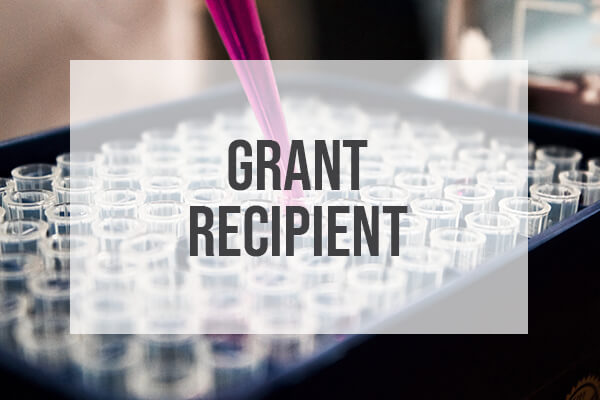Report for Waikato Medical Research Foundation
1. Background
Shiga toxin-producing Escherichia coli (STEC) O26 is among the leading E. coli serogroups responsible for severe cases of diarrhoea and haemolytic uraemic syndrome (HUS) in humans. STEC virulence factors include potent Shiga toxins encoded by bacteriophage-associated stx genes, and an outer membrane protein, intimin, encoded by the eae gene that lies in a DNA region responsible for the bacterial attachment to intestinal epithelial cells. Ruminants, with cattle in particular, have been recognized as an important reservoir of O26 strains. Some E. coli O26 isolated from cattle do not possess virulence characteristics including Shiga toxins (stx), however human isolates also lacking stx have been isolated on rare occasions from human cases of severe clinical infection, suggesting a potential role for stx-negative O26 variants in diarrhoeal disease.
The objective of the project was to genome sequence E. coli O26 strains originating from cattle and human clinical cases, and to compare their genetic characteristics to elucidate public health risks associated with bovine isolates.
2. Methods
Whole genome sequencing was performed on a panel of 20 E. coli O26, of which 17 were bovine isolates originating from dairy herds of the Waikato, two from Waikato clinical cases and one a reference STEC strain isolated from human case. The investigated isolates were stx+eae+ (i.e. STEC) (n=7), stx–eae+ (n=6) or stx–eae– (n=7). The genetic diversity of the investigated bovine isolates was ensured by selecting isolates that generated a different profile by enterobacterial repetitive intergenic consensus (ERIC)-PCR. Whole genome sequencing was done by New Zealand Genomics Limited. The expected read depth of sequencing ranged between 43 and 241-fold and averaged 104-fold across the isolates, indicating sufficient coverage to detect single nucleotide variation (SNP) with a high degree of confidence. Identification of genes was by alignment of the sequencing reads with the genome of a fully sequenced STEC O26 strain (Escherichia coli O26:H11 strain 11368) available in the NCBI data base. The genes with at least 25 matches were recognised.
3. Summary
Upon comparison of the assembled genomes, about 3,000 SNPs difference was observed between the bovine stx–eae+ strains and the STEC O26 strains, while >30,000 nucleotide variations were identified between the bovine stx–eae– strains and the STEC O26 strains. The bovine strains with the stx–eae+ virulence profile cluster were phylogenetically more closely related STEC O26 (stx+eae+) than to the stx–eae– strains (Figure1).
Would you like to support the work of the Foundation?
Contact us for more information, or simply make a donation.




